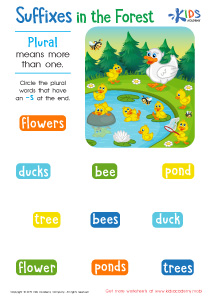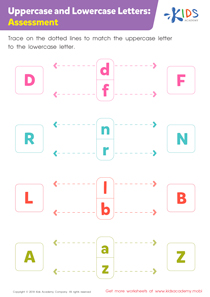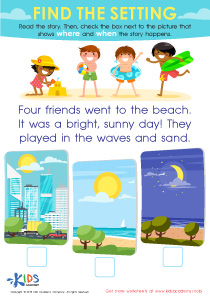Easy Lowercase/Small Letters Worksheets for Ages 5-9
3 filtered results
-
From - To
Discover our "Easy Lowercase/Small Letters Worksheets for Ages 5-9" designed to make learning fun and effective for young children. Tailored for kids aged 5 to 9, these printable worksheets help to develop essential handwriting skills by focusing on lowercase letter recognition and formation. Each worksheet provides engaging exercises that are perfect for beginners, offering a mix of tracing, writing, and illustrative activities. Whether you're a parent or teacher, these resources are an excellent tool for fostering early literacy skills in a stress-free and enjoyable manner. Visit Kids Academy for a comprehensive selection of educational materials!
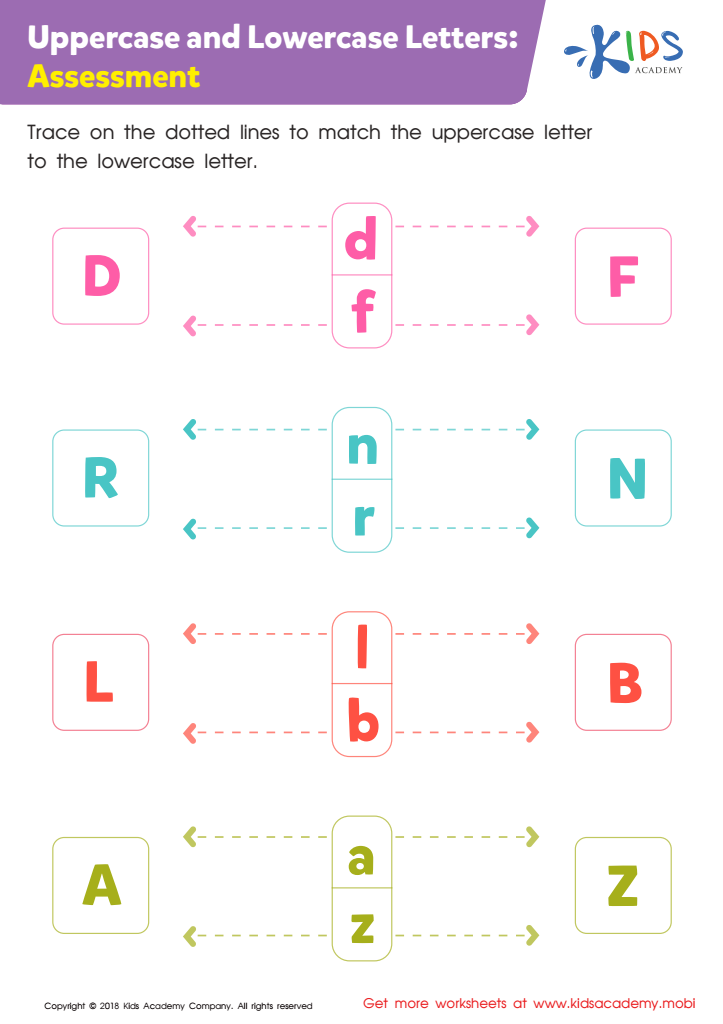

Uppercase and Lowercase Letters: Assessment Worksheet
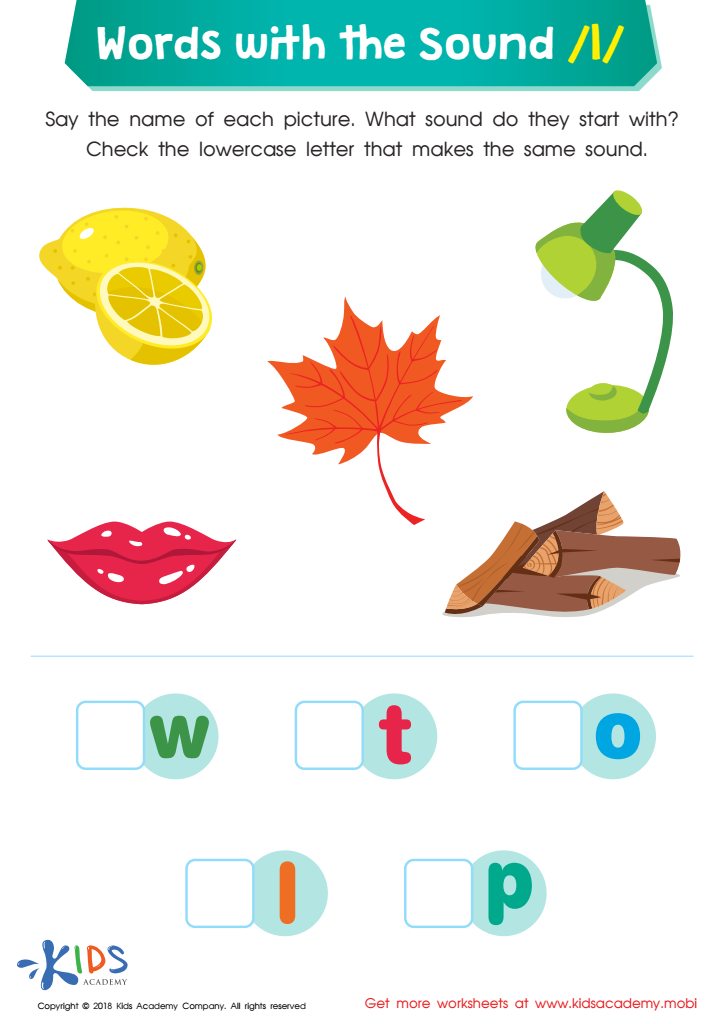

Words with Sound L Reading Worksheet
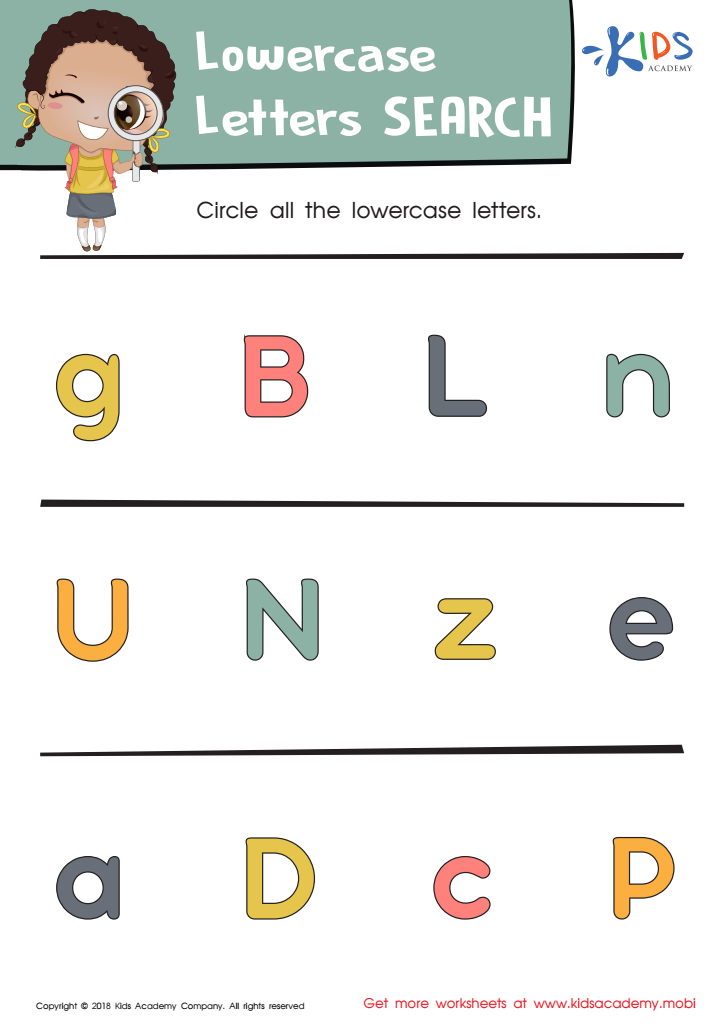

Lowercase Letters Search: Assessment Worksheet
Parents and teachers should prioritize the learning of easy lowercase/small letters for children ages 5-9 because these form the foundation of early literacy skills. At this developmental stage, children are rapidly acquiring reading and writing abilities, and mastering lowercase letters is a crucial component of that process.
Lowercase letters are used more frequently in everyday text compared to uppercase letters, comprising about 95% of written English. Therefore, when children become proficient in recognizing and writing lowercase letters, they can read and understand written material more efficiently. This fluency enhances their ability to grasp grammar concepts, improve vocabulary, and develop a love for reading.
Additionally, learning lowercase letters helps children follow standard writing conventions, often required in handwriting, assignments, and note-taking. Proficiency in writing lowercase letters can lead to better control of a pencil and overall neater handwriting, which is crucial for clear and effective written communication.
By supporting children's skills in lowercase letter recognition and writing at an early age, parents and teachers set the stage for academic success. This foundation not only boosts literacy skills but also builds confidence in young learners as they progress to more complex reading and writing tasks. Prioritizing lowercase letter mastery helps ensure that children develop strong, lifelong foundational literacy capabilities.
 Assign to My Students
Assign to My Students





